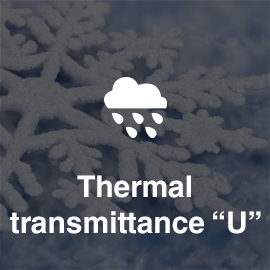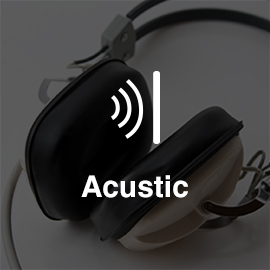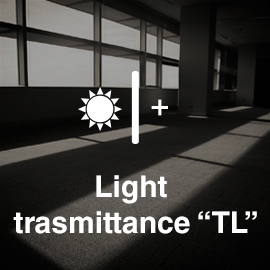Energy Saving
The home and home living are fundamental elements for achieving a good quality of life. We all spend a vast amount of our time indoors, which is why a comfortable climate is important. Hence, the need to create healthy homes that are safe and pleasant to live in, and lead the way in terms of comfort, energy saving and noise reduction.
European standards have established 2020 as the deadline for achieving the targets of improved energy efficiency and reduced greenhouse gas emissions. According to a study by ENEA, the Italian National Agency for New Technologies, Energy and the Environment, over 45% of the energy consumed in Italy is used for heating homes in winter and air-conditioning in summer. Much of this energy is lost through old door and window frames, which were not designed to save energy.
Thermographyis an innovative technology that makes it possible to identify with certainty the existence of thermal bridges, infiltration, heat loss and all those defects caused by poorly executed work.


Solar factor “g”
This represents the permeability of the glass to solar radiation. In winter, a building should capture the heat of the sun and transmit it inside.
What can help us choose the best kind of glass is the solar factor “g”; it is the ration of total energy transmitted through the glass into the room to the incident solar energy on the pane of glass itself.
Light trasmittance “TL”
Transmittance refers to the percentage of radiation that can pass through glazing. Transmittance can be defined for different types of light
or energy, e.g., visible transmittance, UV transmittance, or total solar energy transmittance.
Transmission of visible light determines the effectiveness of a type of glass in providing daylight and a clear view through the window.

Thermal transmittance “U”
Thermal transmittance, also known as U-value, is the average flow of heat that passes through a square metre of structure separating two environments at different temperatures.
The unit of measurement of thermal transmittance is W/m²K.
For windows and French windows, the thermal transmittance of the frame Uw is the weighted average of the thermal transmittance of the frame Uf and that of the glass Ug, plus an additional contribution, the linear thermal transmittance Ψg due to the presence of a spacer around the perimeter of the two panes.
Acustic
Noise is generally described as an undesirable sound. Sound is a vibration of the air of an intensity (volume) that can be perceived by the human ear.
Sound intensity is measured in decibels (dB). On a scale of sound level ranging from 10 to 120 dB, 10 dB corresponds to a whisper and 120 dB is close to the pain threshold. Noise abatement is a reduction in the perceivable acoustic power (measured in decibels), and is directly proportional to the sound insulating power of the element considered. The ability of a building façade to abate sound/noise in relation to airborne noise from the outside is referred to as “façade noise abatement”, which depends on the single elements constituting it.
Window frames have the poorest acoustic performance and can significantly affect the overall degree of sound insulation. Choosing a suitable window – with acoustic glass, sealing strip and efficient installation – is an important way of enhancing comfort in the home.


Security
Burglar-proof describes a series of passive mechanical de- vices that give the window various degrees of resistance to house-breaking attempts. Windows are divided into three sepa- rate resistance classes based on attack time and the “strength” of the break-in tools used:
Class 1: casual burglar not using any tools
Class 2: an expert burglar using basic tools such
Class 3: an expert burglar using professional tools such as large screwdrivers or crowbars.
The solutions that can be adopted to improve enhanced security are:
security glazing
window handle with cylinder or button
burglar-proof hardware applied to the wood with a minimum speci c weight of 420Kg/m3; frame base 68 mm
glued and screwed-on internal glass stop
screwing directly into the wall, based on resistant class.
Windows can also be tted with a burglar alarm, consisting of a magnetic detector installed on the stanchion.
Our windows with folding door ttings are tted as standard with safety bolts and side rod lever on the second openable
